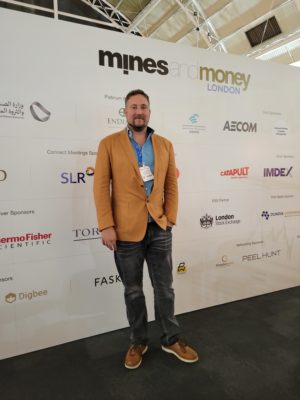Four Key Takeaways from Mines & Money London 2021
Crystal Burgess and Stuart Burgess from Burgex Mining Consultants were recently delegates at the Mines & Money London 2021 conference. As Europe’s largest mining investment event, Mines & Money London is an excellent place to get a pulse on the leading edge of mining investment in what has traditionally been one of the largest capital cities of mining finance.

ESG is here to stay
Institutional funds are looking at Environmental, Social, and Corporate Governance (ESG) plans more than ever before, and it is abundantly clear that ESG issues need to be considered even at the early exploration stages of a project.
There is a particular focus within the natural resource investment space of decarbonization in the mining industry. Conference participants mentioned decarbonization strategies, both project and companywide, that included: sourcing renewable energy for operations, implementing hydrogen and hybrid mining trucks, and designing operations in a way to minimize forest destruction.
Along with an increased focus on decarbonization strategies, operating miners are currently conducting in-depth audits of operations and developing systems to monitor ESG. It is certain that they will also continue to set aggressive goals for ESG improvement over the next decade.
There are still many complex issues within ESG left to sort out in the mining industry, and we expect a continued focus and more standardization across this issue in reporting and auditing. There is a positive sentiment within the industry and on the governmental level that the mining industry is going to be key to developing a greener future. Critical minerals produced by mining are necessary to developing and building the technologies to reduce reliance on fossil fuels.
Copper is King
It has become very clear over the past several years that the global copper supply is going to need to increase dramatically to meet the growing demand for electric vehicles and green technologies. The standard electric vehicle uses up to four times more copper than conventional cars and while some of this can be met with recycling, there is still a very large shortfall that will need to be met with increased mining.
With rising demand for copper and the realization that this demand will continue to increase dramatically over the next several decades, many miners are projecting a copper price that exceeds $3.50/lb. over the long term. This increasing copper price leads to improved economics for exploration projects and provides operators with additional capital to expand resources and drive ESG projects. Mark Cutifani of Anglo American mentioned they are currently developing their own hydrogen battery haul trucks that will dramatically reduce carbon emissions in their mining operations.
Battery Minerals are attracting capital for exploration and development
Investor delegates at the Mines & Money conference, such as BlackRock and the Church of England Pension Fund, mentioned there is currently an abundance of capital that is seeking battery minerals projects. Not only are these institutions seeking projects, but there has also recently been a surge in governmental funding and other incentives aimed at increasing domestic battery mineral mining and processing.
Copper, lithium, cobalt, manganese, and even tin were mentioned specifically as projects that institutions and governments were seeking to fund and develop. Projects in mining-friendly jurisdictions and with robust ESG plans were indicated to be highly favorable. While not considered a battery mineral, Uranium was also cited as a critical mineral for increasing nuclear power production.
Gold in the Age of Bitcoin
Delegates from major gold producers, such as Mark Bristow from Barrick Gold and Mark Cutifani from Anglo American, gave keynotes at the Mines & Money conference that touched on a variety of subjects – including most of the key points discussed here. Of particular interest was the focus on the importance of gold as a monetary asset in the age of Bitcoin and cryptocurrency. The consensus is that gold remains a reliable inflation hedge and will continue to have importance as a monetary asset in the future, but it is important for the gold industry to continue to seek ways to make gold more accessible to new generations of investors. Ideas were discussed that included using blockchain to verify the provenance of gold products and finding ways to reintroduce gold as a fungible asset with wider accessibility and utility.
Gold junior exploration companies have recently been struggling to maintain a share price. This seems to be consistent across the board, but there is the enthusiasm that this could turn around with rising inflation and the continuation of low-interest rates globally.
Overall conference sentiment was positive and many on both the investment and mining sides feel like this is an exciting time for the mining industry to lead the transition into a greener and more responsible future.
